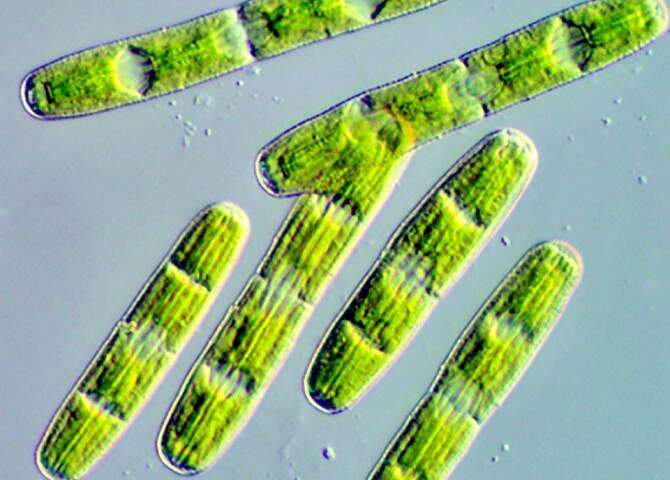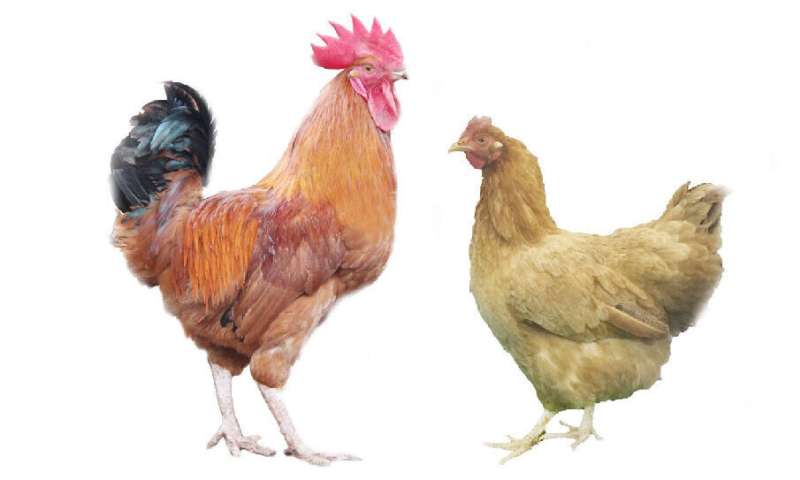First human trial of COVID-19 vaccine finds it is safe and induces rapid immune response

The first COVID-19 vaccine to reach phase 1 clinical trial has been found to be safe, well-tolerated, and able to generate an immune response against SARS-CoV-2 in humans, according to new research published in The Lancet. The open-label trial in 108 healthy adults demonstrates promising results after 28 days—the final results will be evaluated in six months. Further trials are needed to tell whether the immune response it elicits effectively protects against SARS-CoV-2 infection.
"These results represent an important milestone. The trial demonstrates that a single dose of the new adenovirus type 5 vectored COVID-19 (Ad5-nCoV) vaccine produces virus-specific antibodies and T cells in 14 days, making it a potential candidate for further investigation," says Professor Wei Chen from the Beijing Institute of Biotechnology in Beijing, China, who is responsible for the study. "However, these results should be interpreted cautiously. The challenges in the development of a COVD-19 vaccine are unprecedented, and the ability to trigger these immune responses does not necessarily indicate that the vaccine will protect humans from COVID-19. This result shows a promising vision for the development of COVID-19 vaccines, but we are still a long way from this vaccine being available to all."
The creation of an effective vaccine is seen as the long-term solution to controlling the COVID-19 pandemic. Currently, there are more than 100 candidate COVID-19 vaccines in development worldwide.
The new Ad5 vectored COVID-19 vaccine evaluated in this trial is the first to be tested in humans. It uses a weakened common cold virus (adenovirus, which infects human cells readily but is incapable of causing disease) to deliver genetic material that codes for the SARS-CoV-2 spike protein to the cells. These cells then produce the spike protein, and travel to the lymph nodes where the immune system creates antibodies that will recognize that spike protein and fight off the coronavirus.
The trial assessed the safety and ability to generate an immune response of different dosages of the new Ad5-nCoV vaccine in 108 healthy adults between the ages of 18 and 60 years who did not have SARS-CoV-2 infection. Volunteers were enrolled from one site in Wuhan, China, and assigned to receive either a single intramuscular injection of the new Ad5 vaccine at a low dose (5 × 1010 viral particles/0·5ml, 36 adults), middle dose (1×1011 viral particles/1.0ml, 36 adults), or high dose (1.5 x 1011 viral particles/1.5ml, 36 adults).
The researchers tested the volunteers' blood at regular intervals following vaccination to see whether the vaccine stimulated both arms of the immune system: the body's 'humoral response' (the part of the immune system that produces neutralising antibodies which can fight infection and could offer a level of immunity), and the body's cell-mediated arm (which depends on a group of T cells, rather than antibodies, to fight the virus). The ideal vaccine might generate both antibody and T cell responses to defend against SARS-CoV-2.
The vaccine candidate was well tolerated at all doses with no serious adverse events reported within 28 days of vaccination. Most adverse events were mild or moderate, with 83% (30/36) of those receiving low and middle doses of the vaccine and 75% (27/36) in the high dose group reporting at least one adverse reaction within 7 days of vaccination.
The most common adverse reactions were mild pain at the injection site reported in over half (54%, 58/108) of vaccine recipients, fever (46%, 50/108), fatigue (44%, 47/108), headache (39%, 42/108), and muscle pain (17%, 18/108). One participant given the higher dose vaccine reported severe fever along with severe symptoms of fatigue, shortness of breath, and muscle pain—however these adverse reactions persisted for less than 48 hours.
Within two weeks of vaccination, all dose levels of the vaccine triggered some level of immune response in the form of binding antibodies (that can bind to the coronavirus but do not necessarily attack it—low-dose group 16/36, 44%; medium dose 18/36, 50%; high dose 22/36, 61%), and some participants had detectable neutralising antibodies against SARS-CoV-2 (low-dose group 10/36, 28%; medium dose 11/36, 31%; high dose 15/36, 42%).
After 28 days, most participants had a four-fold increase in binding antibodies (35/36, 97% low-dose group; 34/36 (94%) middle-dose group, and 36/36, 100% in high-dose group), and half (18/36) of participants in the low- and middle-dose groups and three-quarters (27/36) of those in the high-dose group showed neutralising antibodies against SARS-CoV-2.
Importantly, the Ad5-nCoV vaccine also stimulated a rapid T cell response in the majority of volunteers, which was greater in those given the higher and middle doses of vaccine, with levels peaking at 14 days after vaccination (low-dose group (30/36; 83.3%), medium (35/36, 97.2%), and high-dose group (35/36, 97.2%) at 14 days).
Further analyses showed that 28 days after vaccination, the majority of recipients showed either a positive T cell response or had detectable neutralising antibodies against SARS-CoV-2 (low-dose group 28/36, 78%; medium-dose group 33/36, 92%; high-dose group 36/36, 100%).
However, the authors note that both the antibody and T-cell response could be reduced by high pre-existing immunity to adenovirus type 5 (the common cold virus vector/carrier)—in the study, 44%-56% of participants in the trial had high pre-existing immunity to adenovirus type 5, and had a less positive antibody and T-cell response to the vaccine.
"Our study found that pre-existing Ad5 immunity could slow down the rapid immune responses to SARS-CoV-2 and also lower the peaking level of the responses. Moreover, high pre-existing Ad5 immunity may also have a negative impact on the persistence of the vaccine-elicited immune responses," say Professor Feng-Cai Zhu from Jiangsu Provincial Center for Disease Control and Prevention in China who led the study.
The authors note that the main limitations of the trial are its small sample size, relatively short duration, and lack of randomised control group, which limits the ability to pick up rarer adverse reactions to the vaccine or provide robust evidence for its ability to generate an immune reaction. Further research will be needed before this trial vaccine becomes available to all.
A randomised, double-blinded, placebo-controlled phase 2 trial of the Ad5-nCoV vaccine has been initiated in Wuhan to determine whether the results can be replicated, and if there are any adverse events up to 6 months after vaccination, in 500 healthy adults—250 volunteers given a middle dose, 125 given a low dose, and 125 given a placebo as a control. For the first time, this will include participants over 60 years old, an important target population for the vaccine.Investigational vaccine protects monkeys against COVID-19 pneumonia
More information: Feng-Cai Zhu et al. Safety, tolerability, and immunogenicity of a recombinant adenovirus type-5 vectored COVID-19 vaccine: a dose-escalation, open-label, non-randomised, first-in-human trial. The Lancet. May 22, 2020 DOI: doi.org/10.1016/S0140-6736(20)31208-3
Journal information: The Lancet








